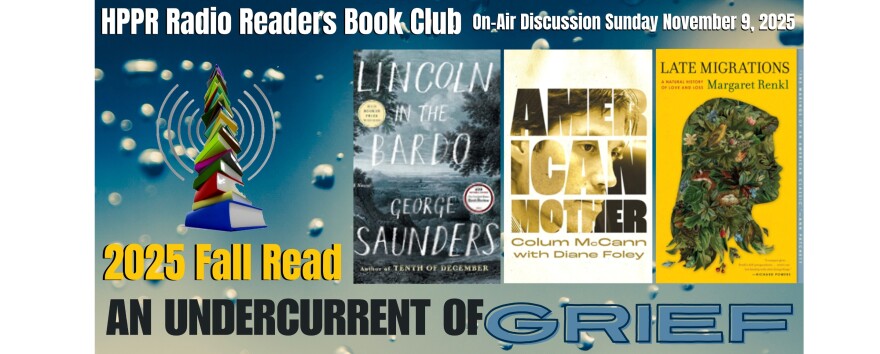Hi, I am Marco Macias, a history teacher here at Fort Hays State University. Thank you for tuning in, and welcome to a BookByte of The Line Becomes a River: Dispatches from the Border, a fascinating narrative from Francisco Cantu.
In the book, he describes his experiences growing up on the border and then pursuing a career in border patrol for several years. Traversing through the desert, he learns to understand the inhumanity of forcing immigrants across the desert and returns to civilian life. Afterward, he discovers the particularities of family separation as an undocumented friend visits his dying mother and can’t come back after decades of living in the United States.
The main strength of Cantu’s story is his ability to humanize his experiences within Border Patrol and those of the undocumented immigrants that try to cross from Mexico daily. Living on the border is not the same as being on the boundary, and Cantu masterfully demonstrates this by exploring the nuances of the star-full nights and the immigrants they either find dead or alive in the lonely desert landscape.
In this regard, the stories of immigrants forced to cross the desert as a deterrent for their entry to the United States is inhumane and part of a wider narrative against non-white immigrants. And this is at the same time, an old, and new story. When thinking back to the end of the 19th century, Mexicans were not consulted when they found themselves on the American side after the Mexican-American war, nor did it seem to matter much.
Even during the 1910s, when hundreds of thousands of Mexicans fled the violence of the Mexican revolution, there was no strict enforcement of whom crossed the southern border. That would come later, when it became fashionable to blame Mexicans as it had once been the case with Chinese immigrants in the 1880s, or many other groups thereafter. And in this regards, Cantu’s narrative is timely and relatable to a river; because immigration policy can change at any moment, much like the river can change its course to adjust for the circumstances.
And much like the river, the border is alive, because it is inhabited by people that make their lives on both sides of the border. Take for example the small border town of Nogales, Sonora, and Arizona. Both communities are interdependent, and more so on the U.S. side, where much of the revenue comes from Mexican crossing the border daily to work, and to purchase goods from local business owners. But what if the border is closed to all as has been the case with COVID-19? This is why Cantu’s narrative is as much relevant today as it was when it came out in 2018. Time and time again, when reading the story, I found myself identified with the contradictions and distinctions related by Cantu.
Being from the borderlands brings a unique perspective, but Cantu captures its essence and transmits it here, and therefore this book is truly an exceptional jewel. Thank you for joining, and I also hope you enjoy reading this book when you have an opportunity.









